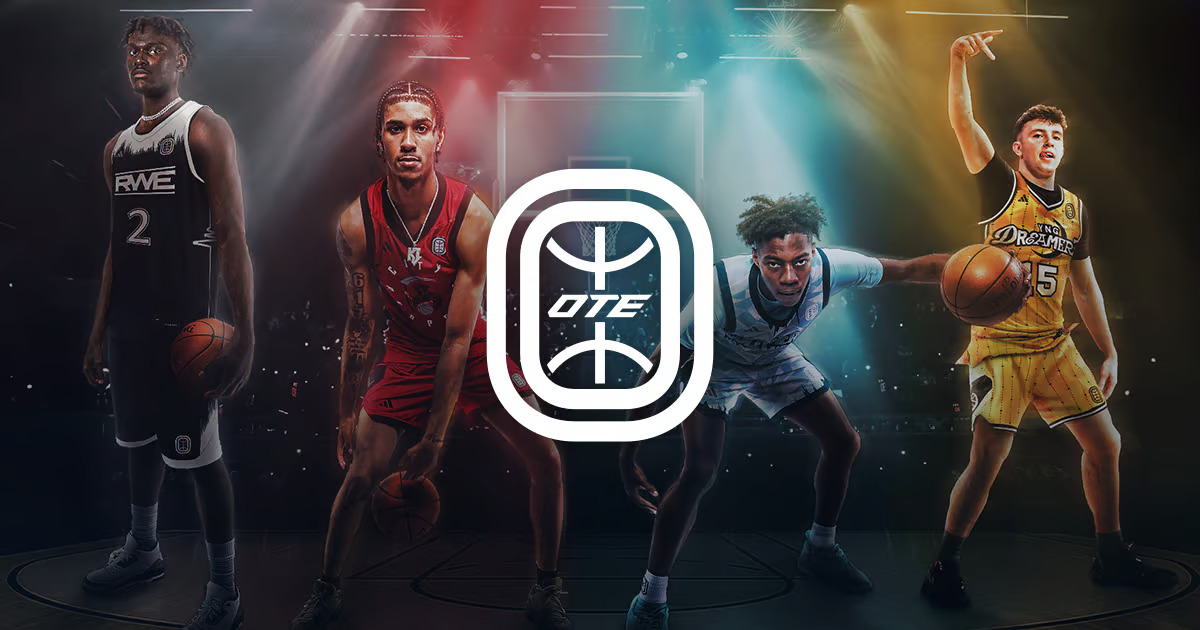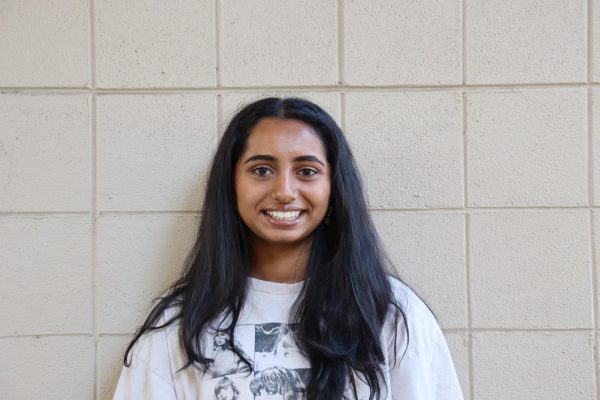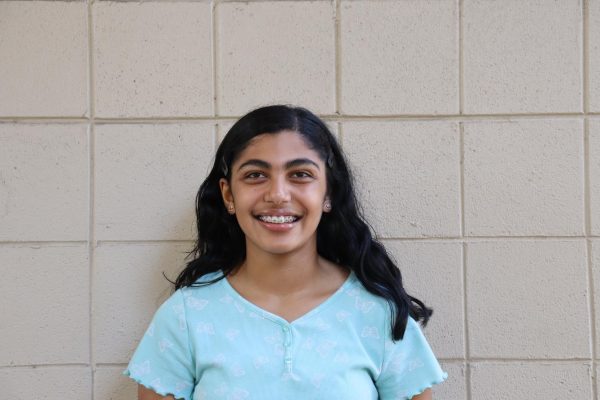For decades, the pipeline for young athletes hoping to make it to a professional sports league was clear: Play well in high school, play well in college and get drafted into the big leagues. However, in the past few years it has become more and more noticeable that having an avid social media personality can directly translate to more opportunities opening up for athletes in sports and on-field play isn’t the only factor in being recruited.
New professional leagues like Overtime Elite (OTE) — based in Atlanta and founded in 2021 by Dan Porter, the CEO of Overtime and a successful entrepreneur — allow high school and college-aged athletes from ages 16-20 the opportunity to showcase their talents on a global level by using the Overtime brand’s influence as a social media superpower. The Overtime Instagram account has 11 million followers and the OTE page has 1 million followers, providing their athletes from each of their 8 teams a huge platform to gain recognition.
OTE is a program that works especially well for players without huge professional prospects. Players who already have offers and interests from big Division 1 (D1) schools may not need the extra boost that OTE offers, but for underdogs that still have a big skill set, the league offers a chance for them to play professionally away from their high school teams and gain exposure while earning a salary of a minimum of $100,000 a year promised by the league.
While players spend a majority of their time working on their athletics, OTE has also brought in aspects of the program like the OTE Academy that allow willing athletes to attend academic courses that allow them to graduate from high school while still playing professional basketball.
As an undersized class of 2026 basketball guard at a height of 6 foot 2, online sensation Troy Hornbeck — who attends Brooklyn Technical High School in Brooklyn, New York — set his sights on playing D1 hoops. Sharing his journey on social media and showcasing all the ups and downs along the way, Hornbeck gained huge exposure as he collected 262,000 followers on Instagram and 329,200 followers on TikTok. His large social media presence opened the door for him to participate in the OTE Draft — a televised draft that evaluates young players’ skills — and receive an offer from the Diamond Doves in the OTE league.
Sophomore quarterback Anson Hulme, who follows Hornbeck on Instagram and has been following his journey through his daily video updates, mentioned how effective social media can be, not just for Hornbeck, but for fellow student athletes.
“[Hornbeck’s social media] helped him get exposure and put him out there in public. I followed him because I thought it was funny to watch him and a lot of people followed him [as well]. Social media helps a lot [for athletes] because coaches use it to find film of players and it just helps with exposure,” Hulme said.
At SHS, student-athletes are also using social media as a platform for their sporting achievements. Senior Princeton golf commit Sarah Lim used a sports social media account to help with her college process and where she posts in-action statistics and photos to make her best moments even more accessible for possible colleges or recruitment programs to view and rate.
“I made a sports account so coaches are able to see my sports and it’s accessible to them. A lot of coaches go on social media to look for recruits and it’s more frequent now for athletes to try to become popular on social media,” Lim said.
Sophomore volleyball player Iris Jin also uses a designated Instagram account. She thinks social media can benefit those who might not otherwise have access to many opportunities.
“Instead of coaches having to actually come to watch all the athletes, they can see how you perform through videos and then choose whether or not they want to come [watch you]. I think it allows people who don’t have as much privilege or access to recruiters the chance to gain exposure,” Jin said.
Additionally, coaches on campus have also noticed that social media has largely changed the way that their players approach the college recruitment process.
“I think [social media] is a good way for some student athletes to get seen that maybe wouldn’t have been seen before, but I feel like it’s making it harder overall, because now there’s so many kids putting themselves out there,” girls’ basketball coach Lisa Ginestet-Araki said. “There’s definitely a lot of attention on online presence, but athletes are just doing what they need to do to be seen, and that’s just part of the game now.”
Varsity boys’ basketball coach Mike Davey agreed that while social media can be beneficial to athletes, it also has potential negative effects.
“I think everyone is too focused on social media these days, including athletes, but I understand why [athletes] do it. [Social media] can help with recruitment by helping athletes get an NIL deal,” Davey said.
A Name, Image and Likeness (NIL) deal — introduced to the National Collegiate Athletics Association (NCAA) in recent years — allows college athletes the chance to receive compensation for their popularity while not officially earning a working salary.
“After NILs got implemented into the NCAA, athletes are looking to make the most amount of profit off their name,” senior varsity girls’ basketball captain Urvi Iyer said. “Having a good social media presence is huge now because of this.”
NIL deals have significantly altered the financial opportunity for college athletes, with star athletes like University of Colorado quarterback Shedeur Sanders making upwards of $4 million a year and UConn women’s basketball player Paige Bueckers making almost $700,000 through her contract.
“NILs have made a huge impact on sports, especially in football and basketball,” Iyer said. “If you look at players like Flau’jae Johnson on the LSU women’s basketball team, she’s making upwards of $1 million on her NIL deal not only because she’s good at her sport, but also because she’s built this giant social media personality off of her music.”
Athletes like Johnson are a good example of how social media presence can lead to an increase of popularity, on top of being a skilled player. While high school athletes do this on a much smaller scale than high-profile college players like Johnson, the importance of online fame is still relevant on all levels of sport.
Now more than ever, athletes on all levels are looking to broaden their reach on social media. For athletes that perhaps would not have been seen before, new leagues like OTE and methods on social media can help them gain the exposure that they deserve.






























